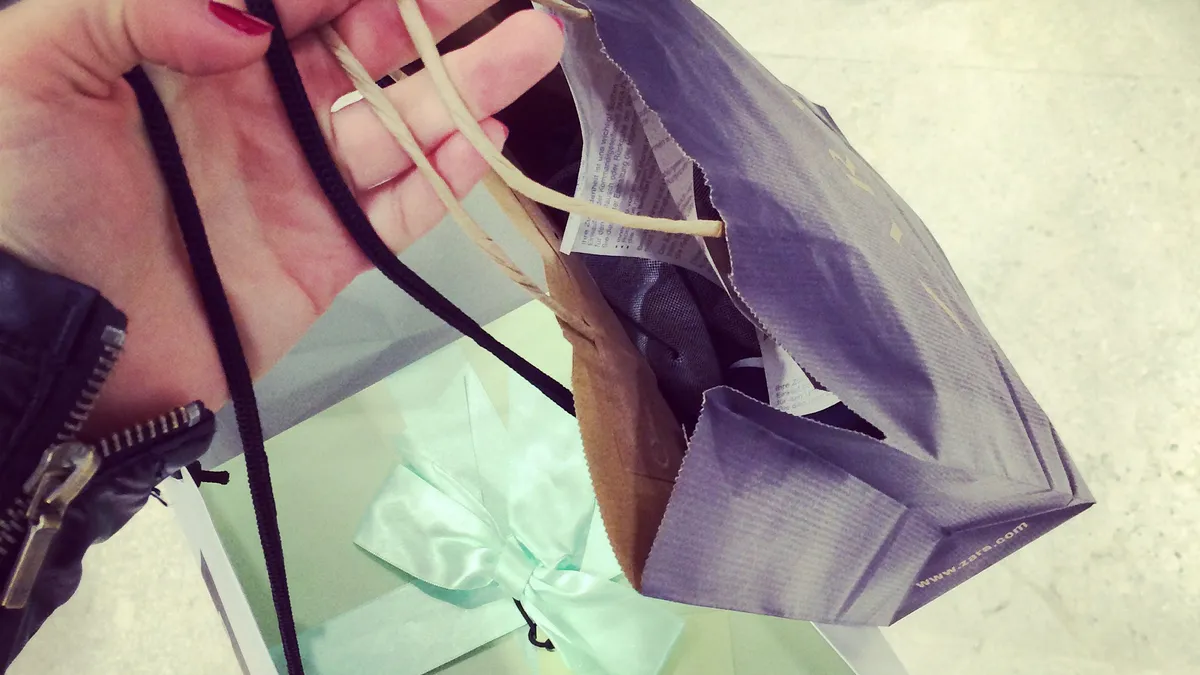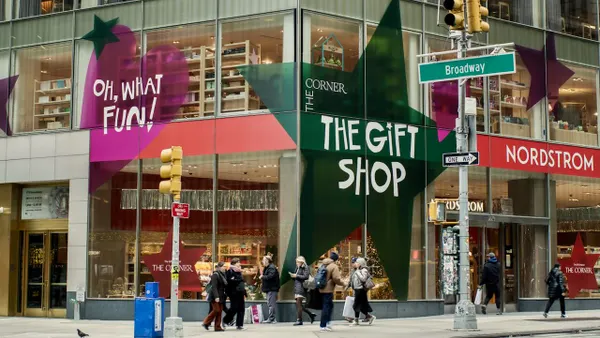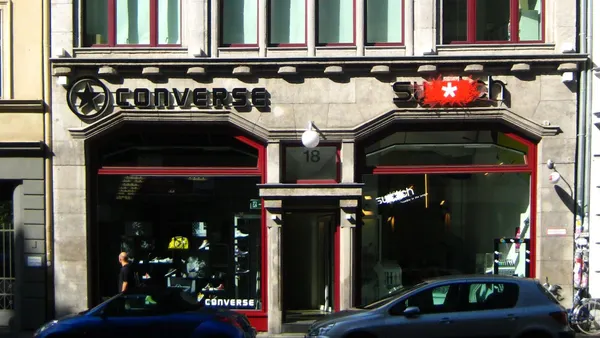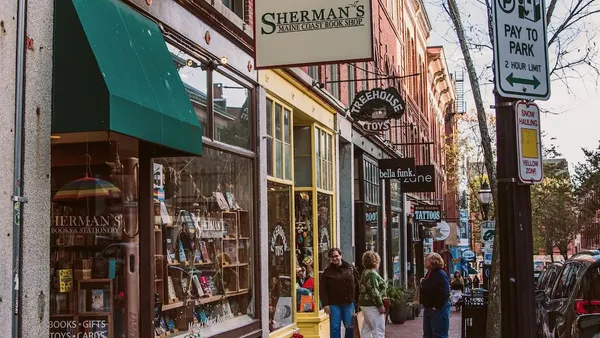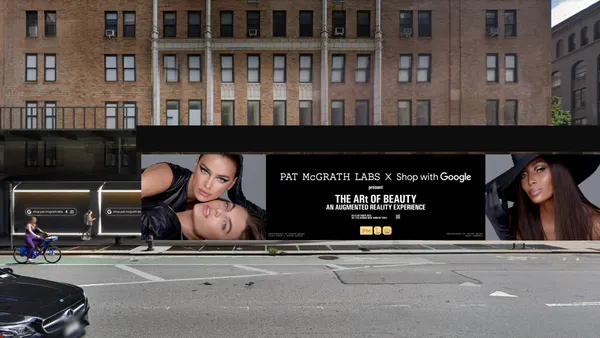In July, the retail sector kept up its strength, with year-over-year increases in all segments tracked by Retail Dive, according to numbers released Tuesday by the U.S. Department of Commerce. Sales in the group rose 11.5% year over year and 23.2% from 2019.
Most sectors continued the pattern of strong recovery from last year, when retail sales were decimated by pandemic-related lockdowns and economic anxiety. Electronics sales were up 10.7% from last year and 4.6% from 2019; apparel sales were up 52.8% from last year and 19.4% from 2019; and department store sales were up 25.5% from last year and 9.8% from 2019.
Segments that benefited from the pandemic, however, saw growth ebb.
"Under the headline number growth remains very choppy as categories bump up against variable prior year performances," GlobalData Managing Director Neil Saunders said in a client note.
Sporting goods and hobby sales were up 18.2% year over year, but 44.3% from 2019; home goods sales rose 19.1% from last year but 24.3% from 2019; and, nonstore sales (mostly e-commerce) rose just 0.21% from last year, but 28.2% from 2019.
"Growth is elevated over 2020 because segments like apparel and home are bouncing back," Saunders said by email. "There is also a higher savings rate so there is more money to spend. However, the biggest factor here is a net transfer of spending from services to retail. This didn't happen in 2019, but it has in 2020 and so far in 2021. As people are spending less on travel, vacations, personal care services, they are channeling some of this money into retail. It is a big benefit."
While more people are venturing out to restaurants and even traveling, (leading to month-over-month declines in retail sales), the delta variant of the coronavirus could stymie that again. "[T]he outlook for service spending diminishes more with every new COVID case, especially as mask mandates re-enter the public discussion," Wells Fargo economists Tim Quinlan and Shannon Seery said Tuesday, adding that the "level of retail sales still remains exceptionally high," even compared to before the disease outbreak.
Nevertheless, the pandemic remains a worry. By some accounts, consumer confidence is wavering as new cases mount in some areas, while the government's support is waning, Wells Fargo economists said.
National Retail Federation CEO Matthew Shay in a statement on Tuesday urged consumers "to get vaccinated as soon as possible to stop the spread of the virus and to keep our economy growing."
But NRF Chief Economist Jack Kleinhenz suggested that the virus is becoming a fact of life. "Going forward, consumers are a bit fearful again as we approach another possible wave of COVID-19 infections, but they've learned to live with the virus and shopping continues," he said. "The delta variant could impact local markets, especially where vaccination rates are low, but doesn't appear likely to show up in the national data."
Saunders said that "it is likely that growth will continue to moderate," but said that shouldn't alarm retailers. That is, consumers aren't their biggest worry at the moment.
"In the second half of the year the bigger challenge for retailers will be in meeting consumer demand in terms of having sufficient staff in stores and fulfillment centers, and ensuring there is enough inventory despite various shipping and transportation issues," he said. "Managing the cost and supply sides of the business will be the real pressure points."
As NRF's Kleinhenz put it, "If retailers could find more inventory, they could sell it."


